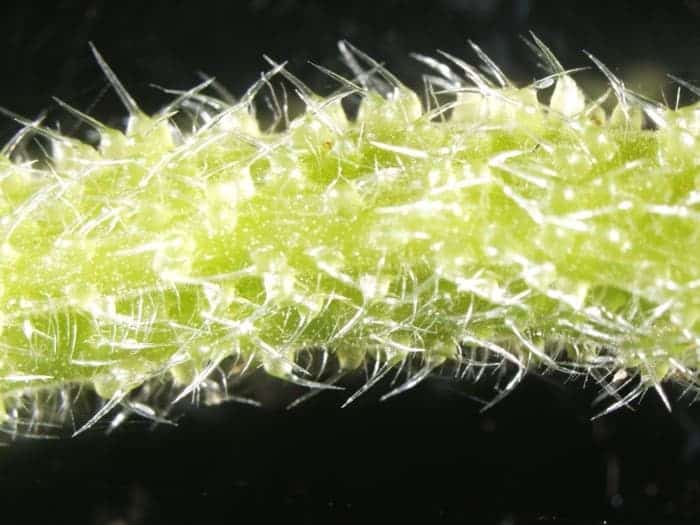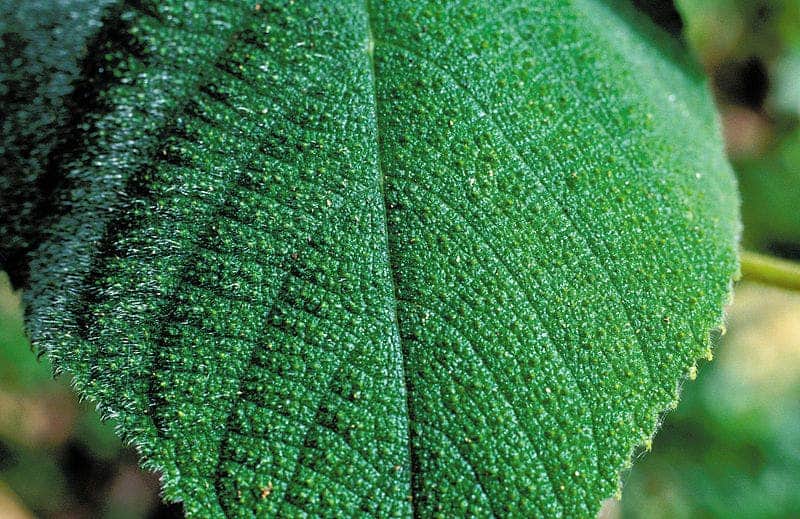
Australia has a reputation for harboring all sorts of deadly creatures that can kill humans with a single sting or bite. These include jellyfish, octopuses, snakes, spiders, crocodiles, cassowaries (the most dangerous birds on Earth), and — believe it or not — trees. The aptly-named giant stinging tree (Dendrocnide excelsa) looks unassuming from a distance. But if you are foolish enough to touch it, you risk getting stung by tiny needles containing a venom that causes agonizing pain. For severe stings, the pain can last for months, and not even morphine can numb it.
Botanists have been aware of Australia’s stinging tree for years, but it was never clear what specifically makes its venom so painful — until now.
“STOP: Beware of the stinging tree!”

The Australian stinging tree is very common in east Australia’s rainforest, particularly in Dorrigo National Park, where warning signs alert travelers and campers to stay away from its leaves. It’s a medium to large-sized tree, which can grow up to 40 meters tall and over 6 meters wide at the trunk.
While the bark is generally harmless, it is the tree’s leaves that are truly dangerous. Tiny hairs on the surface of the leaves act like needles that inject toxins, causing severe reactions when coming into contact with the human skin. Minor stings can be painful for up to a couple of hours, but if a person is injected with a copious amount of toxins, the pain can last for months.
“It’s like having a nail shoved into your flesh,” said Dr. Edward Gilding, a biologist at the University of Queensland, told The New York Times.
Although there haven’t been any reported fatalities among humans as a result of D. excelsa stings, the tree is known to have killed dogs, livestock, and horses that have brushed against the dangerous leaves.
Writing in the journal Science Advances, researchers at the University of Queensland found that the tree’s venom contains a previously unidentified peptide-based neurotoxin that is similar to the venom found in spiders and cone snails.
The previously unknown family of peptides was dubbed gympietides after gympie-gympie, the trees’ name in the Indigenous Gubbi Gubbi language.
According to the researchers, when these peptides latch onto pain-detecting cells in the recipient, such as a person’s skin, the signal goes haywire.
In some cases, the pain is so excruciating that not even morphine can numb it. But the same gympietides could also block pain receptors, making them appealing for a new class of pain-killers. As such, further research might come up with both a gympietide cure and new pain-killer drugs.









